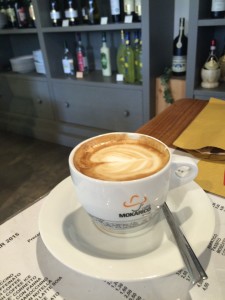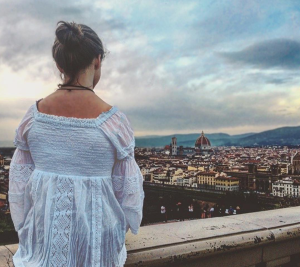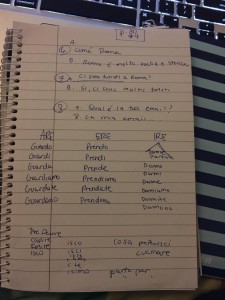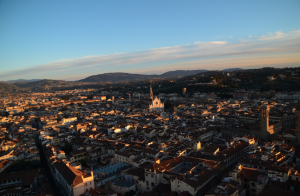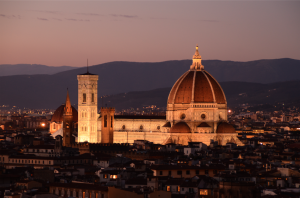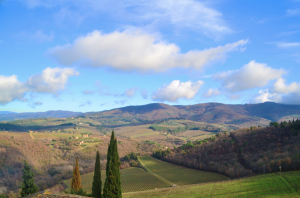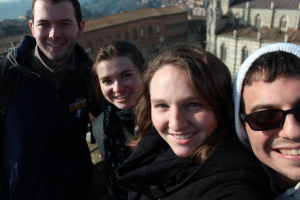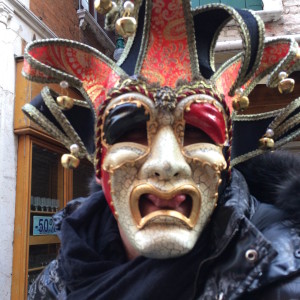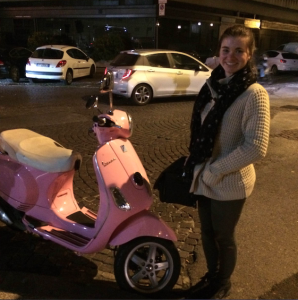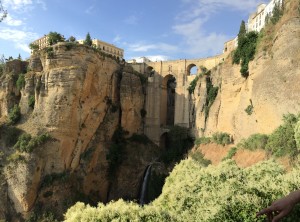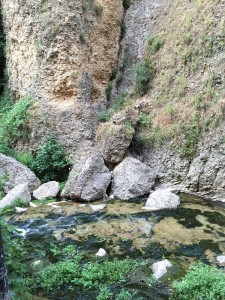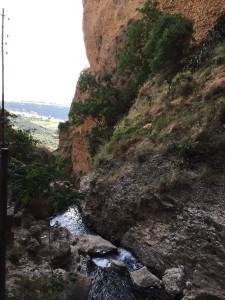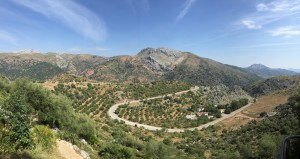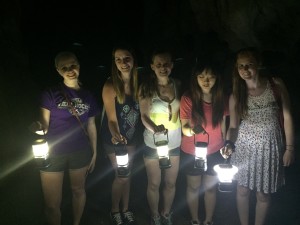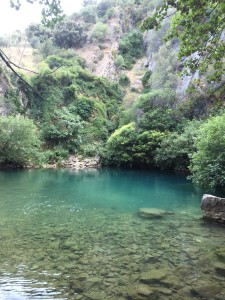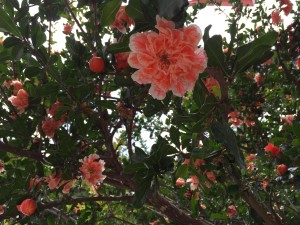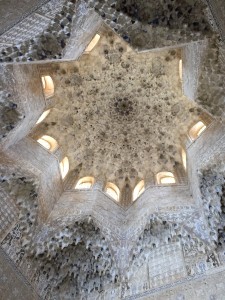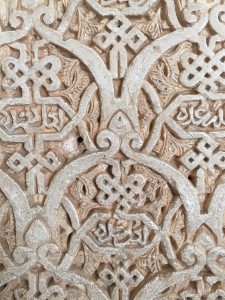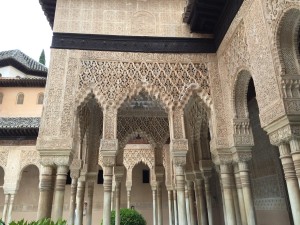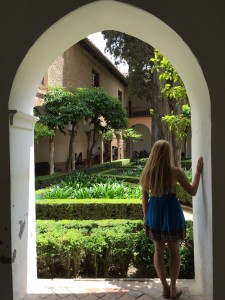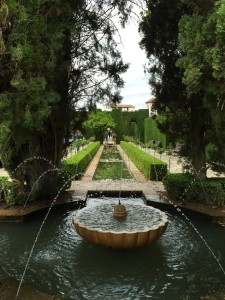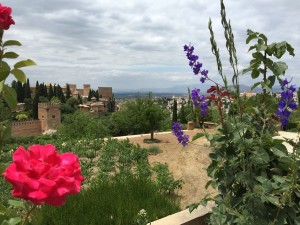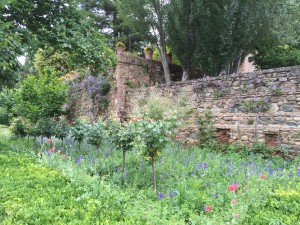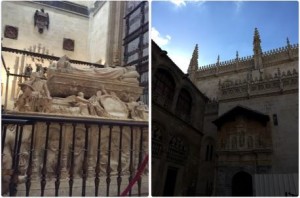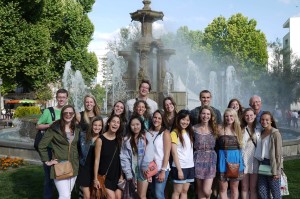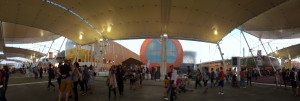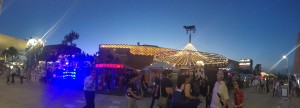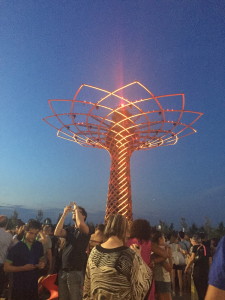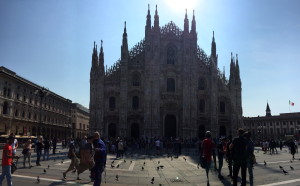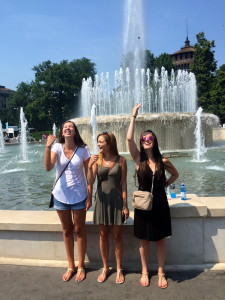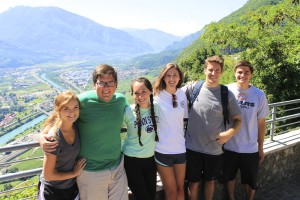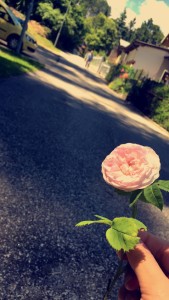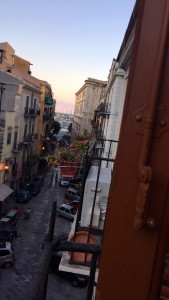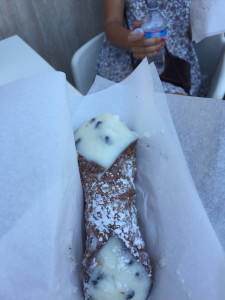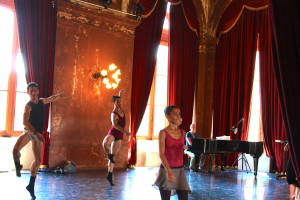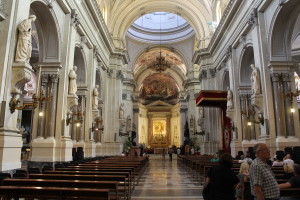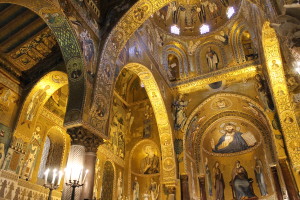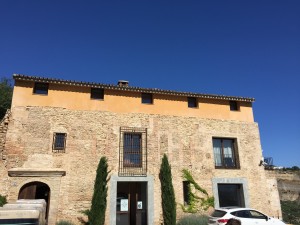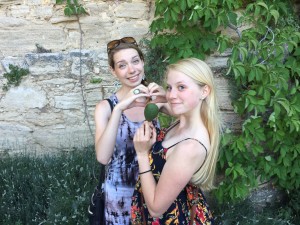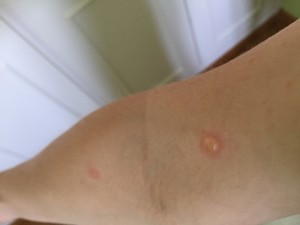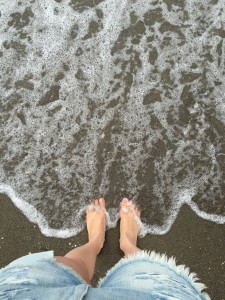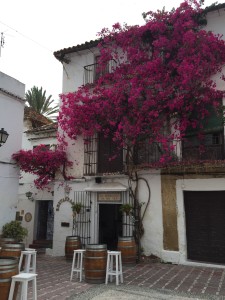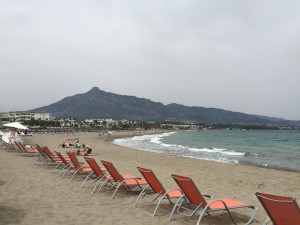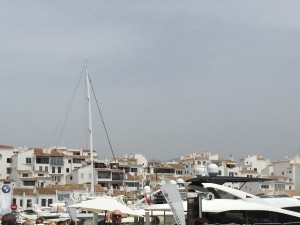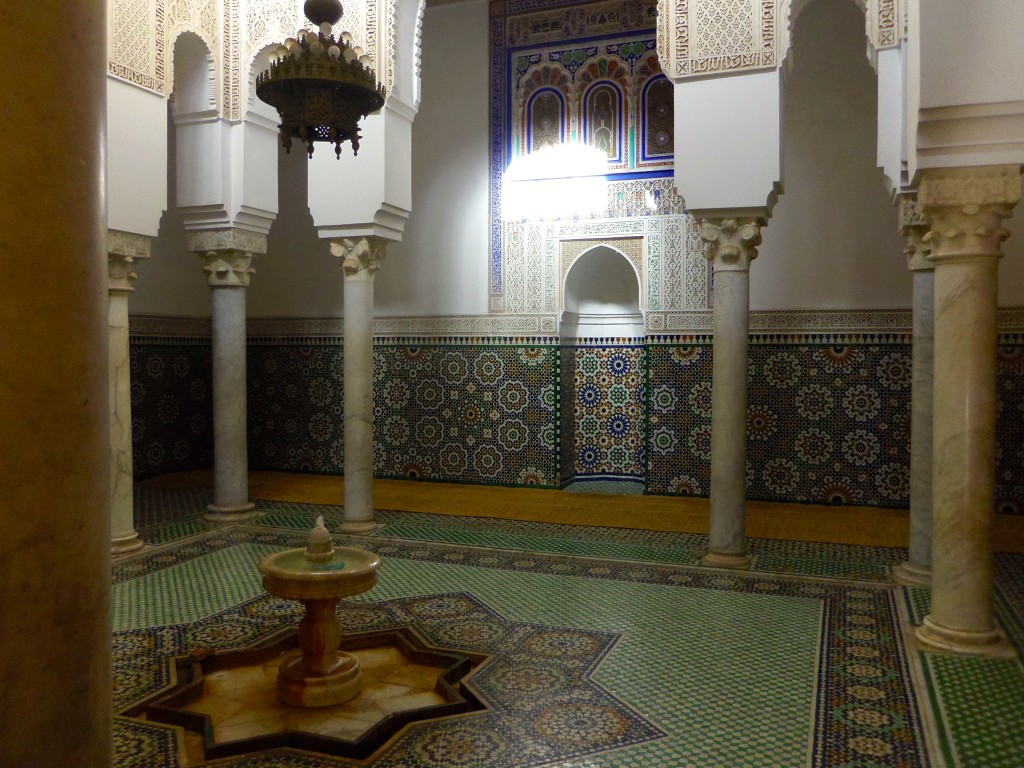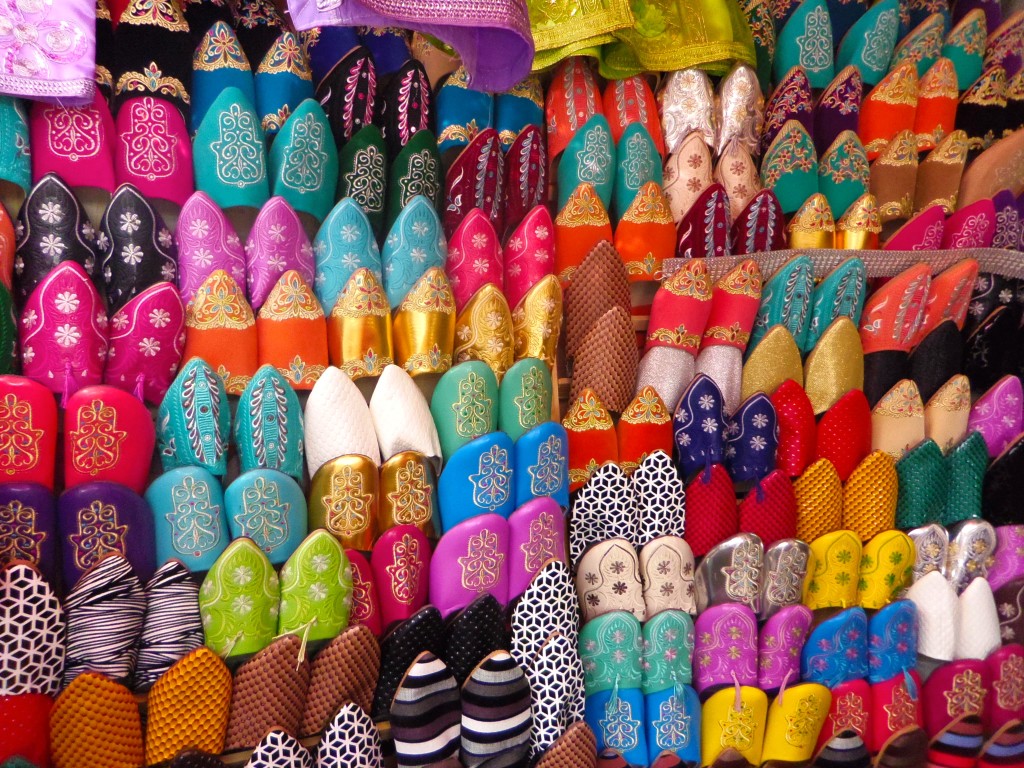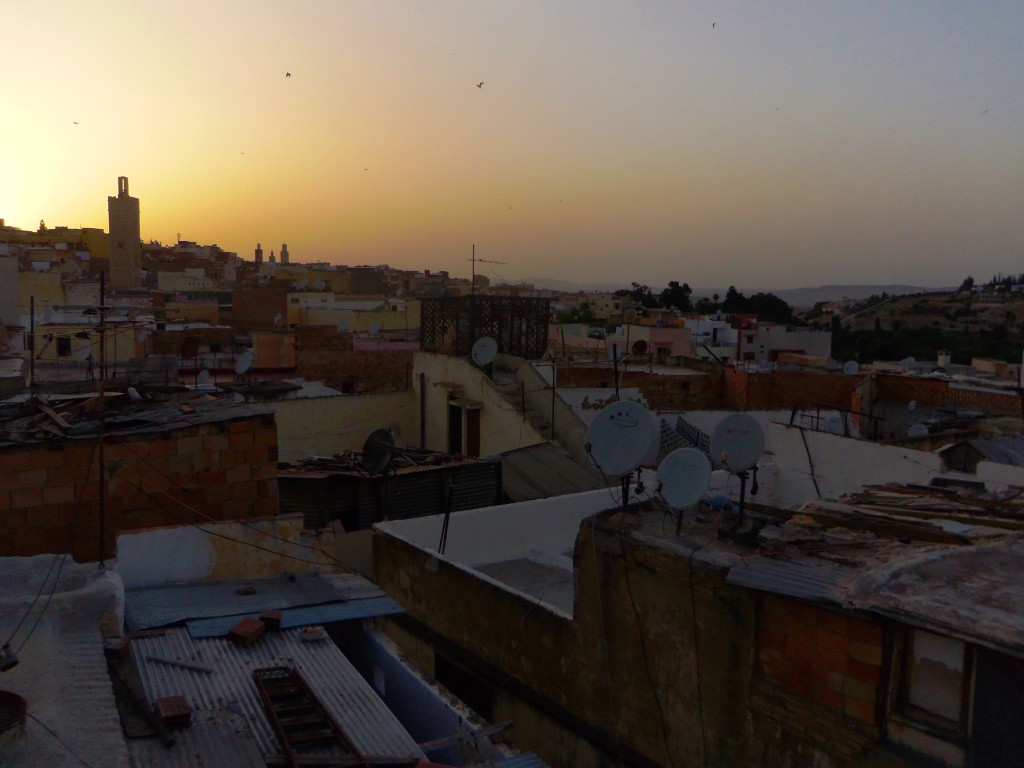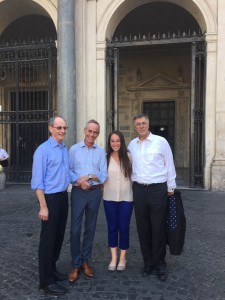This morning we visited a local farm in Rotorua, and spent some time looking at the hand-knit items made of alpaca, sheep, and possum yarn. New Zealand is well known for these high quality products. Following our gift shop stop, we headed to the Redwood Forests.
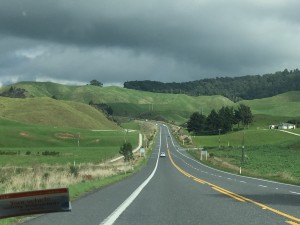
Driving through New Zealand
Whakarewarewa Forest
As you may have guessed, Redwood trees are not native to Australia, but were introduced from California. In 1899, 170 species of trees from all over the world were originally planted in the Whakarewarewa Forest, making it the first exotic forest in New Zealand. The intention was to see which species would grow successfully as timber trees in the central North Island. While many did not survive, 15 acres of the Californian Redwoods thrived due to the rich soils. Redwood’s lifespan is 600 years, and they can grow as tall as 360 feet. In this reserve, the tallest stand at around 236 feet and 66.5 inches in diameter.
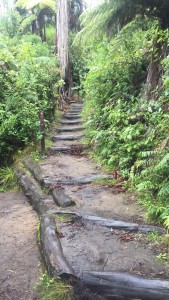
Steps throughout the Redwood Forest
Redwoods of the forest
Today, the Whakarewarewa Forest spans for 13993 acres, joining Lake Tikitapu (Blue) and Rotokakahi (Green), and the Whakarewarewa Thermal Reserve. Thoughout this area, the redwoods do a great job in providing shade for New Zealand’s natural flora. In addition to mountain biking, orienteering & explorer trails, and horseback riding, there are six walking/hiking paths leading through the forest. The shortest trail is a half hour loop that is wheel chair accessible, with the longest trail being 8 hours long and requiring a decent fitness level. We hiked the hour and a half option, which looped up stairs and through boardwalk observation trails, to a rock lookout point, then back down around to the visitor’s center. The beginning of the trail was thick with redwoods, leading up the mountain through other species of trees, with numerous fun photo-ops along the way!
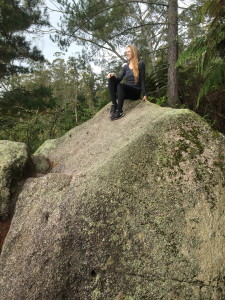
Lookout point of the trail
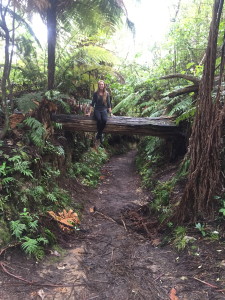
A fallen tree over the walking path
Kerosene Creek
Rotorua is a major geothermal area, bubbling with geothermal activity, geysers, mud pools, and hot thermal springs all throughout the area. In fact, the town has been nicknamed “Sulphur City” due to the hydrogen sulphide emissions that gives the area a wonderful rotten eggs smell. Not too sure if I could live there with the constant smell, but it does make for a bunch of really cool places to visit.
So, our next stop was Kerosene Creek, a place we found online prior to traveling, and also was told to visit by multiple people. This location is a bit tricky to find, given that Google Maps has the road name wrong, but we were determined to check it out. This creek is naturally hot since it runs out of and through a thermal valley. With rock structures throughout the creek, there are natural hot tubs built into the land. The main swimming area encompasses a large pool, with a waterfall, small cliff overhang, and dam. We spent about an hour relaxing in the water, then made our way back to the hostel.
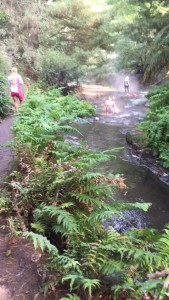
Kerosene Creek

Waterfall at Kerosene Creek
Maori Village
This evening we joined a local tribe to learn about the culture of New Zealand. We enjoyed words of welcome, introducing 15 different nations that were present for the evening, and inviting all these nations to come together forming a family tribe for the evening. Next we walked down to a river, where the Maori warriors were introduced by rowing through the channel on an authentic hand-carved canoe, performing traditional chants and motions. During a short lesson on canoe making, we saw a replica of a canoe that was designed and created specifically for the movie Piano.
Maori warriors canoeing
After learning about how Maori meals (typically consisting mainly of lamb and potatoes) are slow-cooked in an underground fire for several hours, we saw a cultural performance hosted by the Maori people, which included dancing and singing, both of which were beautifully done. The chief of the tribe also introduced information on different dances, cultural traditions, weapons, and facial tattoos that are used in their culture. Most importantly, he explained a few terms that are used in their native language. Kia Ora is a very well known phrase in New Zealand, meaning hello, welcome, thank you, or often just a general greeting exchanged between people. We also enjoyed the aforementioned meal, with additional sides and desserts.
Maori dancers during their cultural performance
The Kiwi Bird
Following dinner, we took a guided night tour through Rainbow Springs, a wildlife and nature reserve. In addition to seeing many iconic animals of New Zealand, we got to see the country’s national bird, the Kiwi, up close and personal. Many plant and animal species currently existing in New Zealand were not native, but rather introduced from other countries of the world. In fact, birds were the only animals that originally inhabited New Zealand. This is easy to believe because most of the attractions of New Zealand involved the landscape, and there are not rodent or mammals pests running around the ground (like how America has squirrels/rabbits/rodents).
The kiwi is one of these native birds, however due to its odd features, it has had some difficulty surviving and is protected nationally. Kiwi’s are flightless birds, because originally they had no predators. Kiwi’s are about the size of a chicken, but do in fact have tiny wings despite being flightless, about the size of your pinky nail. They have hair that looks and feels similar to human hair, two strong legs and feet with three toes, and a long beak used for digging for insects in the dirt. In addition to whiskers for sensing the area, they have nostrils at the end of their beak, giving them excellent smelling capabilities, and two ears, giving them excellent hearing. These birds are also nocturnal, burrowing in the ground and sleeping up to 18 hours a day, then becoming active at night. Odd but very interesting creatures!
The Maori cultural experience was a fantastic way to learn about the heritage of New Zealand, and also enjoy a quality performance, meal, and park visit. I would highly recommend this experience to other travelers!



